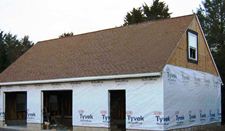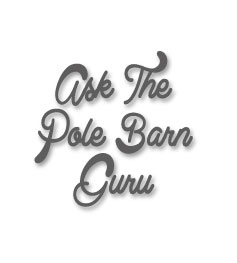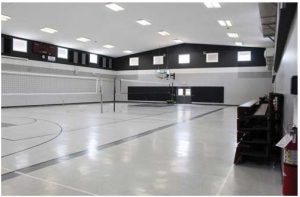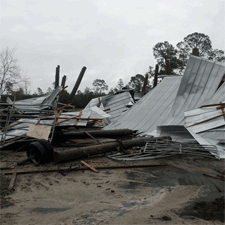This week the Pole Barn Guru addresses reader questions about engineering drawings for a house– from a building inspector in Michigan, whether or not a post frame structure can be mounted on a basement, and if an ADU (accessory dwelling unit) can be constructed with post frame.
DEAR POLE BARN GURU: I am looking for engineering drawings for a pole structure that will be used for a house. This would include foundation drawings, and all other drawings that show that it conforms to the international building standards. All load calculations would be needed. stamped engineering drawings would be required. I am a building inspector for Williams township, Michigan. LESLIE in AUBURN
DEAR LESLIE: Thank you for your interest. Every post frame building Hansen Pole Buildings provides is fully engineered to meet applicable structural portions of the International Residential and/or Building Codes, as applicable. All components and connections, including foundations, are checked and verified for structural adequacy. Besides full-sized (24″ x 36″), site specific, multi-page engineer sealed plans showing each piece and how it is attached, you also receive engineer sealed verifying calculations.
With each building investment comes our 500+ page step-by-step Construction Manual and unlimited technical support provided by team members who have actually constructed post frame buildings.
A member of our Building Design team will be reaching out to you to further discuss your post frame building needs.
DEAR POLE BARN GURU: Can a pole barn home be mounted on a basement? I assume there is no floor so how does one put a floor over a basement in pole barn home? Another question, if the barn is not finished inside, does it really cost less to have a finished house to move into? GWYN in CLINTON
DEAR GLYN: Post frame (pole barn) homes can easily be engineered to ICC ESR approved wet-set bracket mount to poured concrete, CMU (concrete masonry unit) blocks, ICF (Insulated Concrete Form) blocks or integrated into permanent wood foundations.
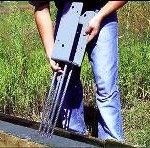 For extended reading on wet-set brackets https://www.hansenpolebuildings.com/2019/05/sturdi-wall-plus-concrete-brackets/
For extended reading on wet-set brackets https://www.hansenpolebuildings.com/2019/05/sturdi-wall-plus-concrete-brackets/
Floors over basements are no different structurally than stick-built homes and can be either beams and joists, or engineered wood floor trusses. https://www.hansenpolebuildings.com/2020/01/floor-trusses-for-barndominiums/
While much of post-frame’s cost savings are due to foundation savings, fully engineered post frame buildings are very material efficient and DIY friendly (not to mention less costly to super insulate). This makes post-frame an ideal design solution for cost conscious future homeowners.
 DEAR POLE BARN GURU: Can a pole barn be used to create a backyard ADU (accessory dwelling unit)? My city allows them with rules and specifically said hoped to use modular to decrease construction noise but it seems that this might be a similar decrease in noise. However the issue is size I need it to be 400 which is the current minimum my house is 700 so my backyard is around 40×60. I would actually prefer a two story which could then have a smaller footprint perhaps 250-300 sq ft on each level with a simple porch lift between with an exterior staircase as back up and fire escape, or a two car garage with the ADU as the second floor. The ADU would become my home as I need a wheelchair accessible space. thank you. KRISTINE in GRAND RAPIDS
DEAR POLE BARN GURU: Can a pole barn be used to create a backyard ADU (accessory dwelling unit)? My city allows them with rules and specifically said hoped to use modular to decrease construction noise but it seems that this might be a similar decrease in noise. However the issue is size I need it to be 400 which is the current minimum my house is 700 so my backyard is around 40×60. I would actually prefer a two story which could then have a smaller footprint perhaps 250-300 sq ft on each level with a simple porch lift between with an exterior staircase as back up and fire escape, or a two car garage with the ADU as the second floor. The ADU would become my home as I need a wheelchair accessible space. thank you. KRISTINE in GRAND RAPIDS
DEAR KRISTINE: Yes, a fully engineered post frame (pole barn) building would likely be an ideal design solution for an ADU. Our experienced American floor plans specialists can assist with a design to best meet with your needs.
For more information: https://www.hansenpolebuildings.com/post-frame-floor-plans/
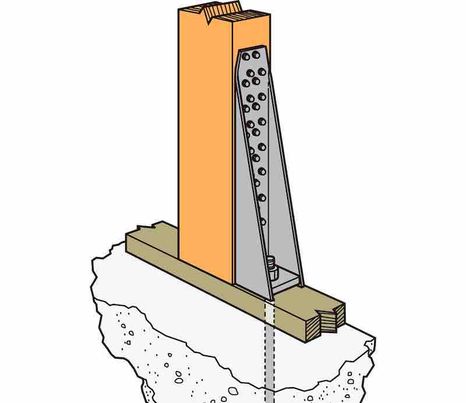
 It may be possible to use aircrete in lieu of steel roofing and siding, however it would need to be strong enough in bending to span from column-to-column on walls and between trusses on a roof. Product weight would need to be accounted for to adequately design supporting members and attachments could become problematic. All of these considerations could result in some significant investment into engineering costs, perhaps making this system unaffordable.
It may be possible to use aircrete in lieu of steel roofing and siding, however it would need to be strong enough in bending to span from column-to-column on walls and between trusses on a roof. Product weight would need to be accounted for to adequately design supporting members and attachments could become problematic. All of these considerations could result in some significant investment into engineering costs, perhaps making this system unaffordable. DEAR POLE BARN GURU:
DEAR POLE BARN GURU: 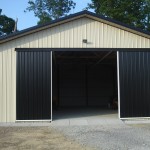 DEAR JEFF: I would have ditched lumber frames for prepainted metal frames and been done with it, plus metal will never twist and warp like wood and your door frame would be significantly lighter (not too late to regroup). Still not convinced? Any steel roofing and siding roll former can bend trim to match any dimensions, so you can have created exactly what you are looking for.
DEAR JEFF: I would have ditched lumber frames for prepainted metal frames and been done with it, plus metal will never twist and warp like wood and your door frame would be significantly lighter (not too late to regroup). Still not convinced? Any steel roofing and siding roll former can bend trim to match any dimensions, so you can have created exactly what you are looking for.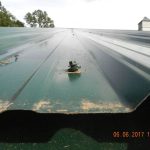 DEAR POLE BARN GURU:
DEAR POLE BARN GURU: 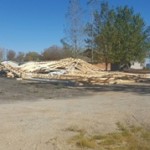 DEAR JOEL: Hopefully your ‘guy’ bought a fully engineered building, designed for R-3 Occupancy Classification and Use, Risk Category II with deflection limits of L/240 or greater for walls and truss supported drywalled ceilings. All of these will be specified on this building’s engineered plans. If you do not have a set of them, your Building Department may have them on file.
DEAR JOEL: Hopefully your ‘guy’ bought a fully engineered building, designed for R-3 Occupancy Classification and Use, Risk Category II with deflection limits of L/240 or greater for walls and truss supported drywalled ceilings. All of these will be specified on this building’s engineered plans. If you do not have a set of them, your Building Department may have them on file.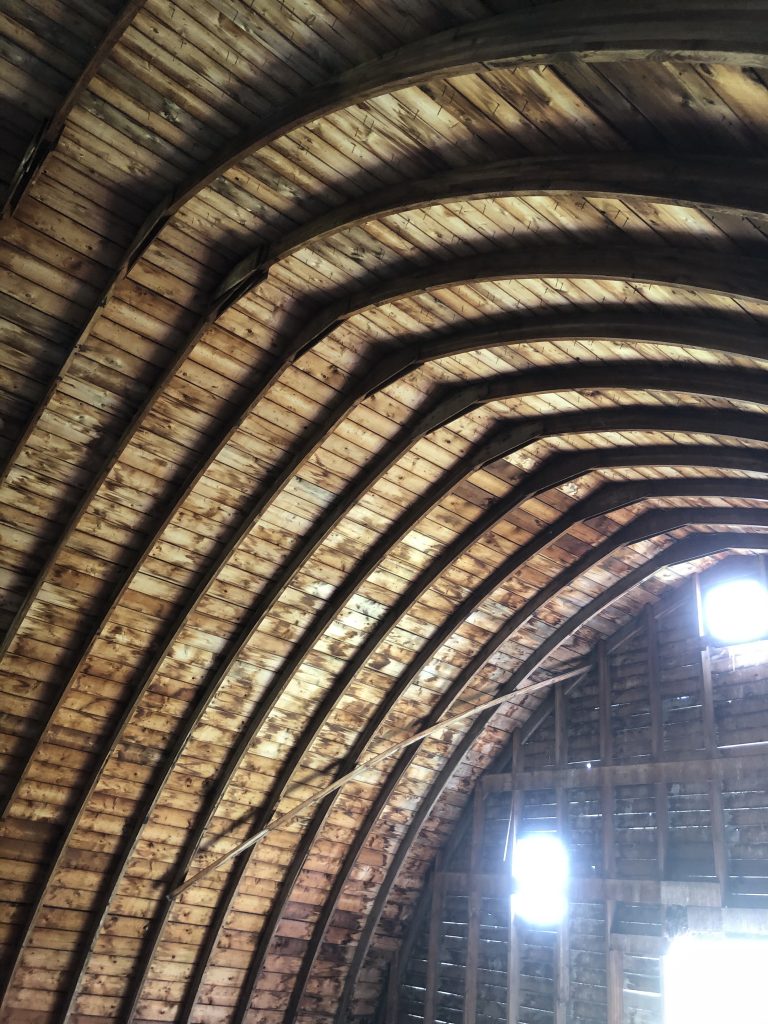
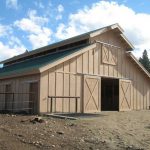 DEAR POLE BARN GURU:
DEAR POLE BARN GURU: 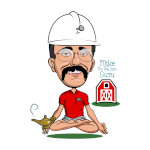 DEAR BEN: Thank you very much for your kind words. Due to liability issues we are unable to offer this sort of service. You might try reaching out to one of our independent third-party engineers John Raby (john@raby-assoc.com) to determine if he would have an interest in assisting you.
DEAR BEN: Thank you very much for your kind words. Due to liability issues we are unable to offer this sort of service. You might try reaching out to one of our independent third-party engineers John Raby (john@raby-assoc.com) to determine if he would have an interest in assisting you.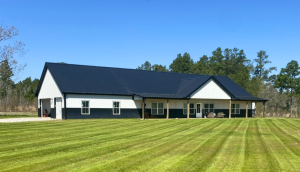 2019’s average home had 2594 square feet of finished space and a sales price of $485,128. Without lot costs, general contractor’s overhead and profit actual construction costs were $296,652 ($114 per square foot).
2019’s average home had 2594 square feet of finished space and a sales price of $485,128. Without lot costs, general contractor’s overhead and profit actual construction costs were $296,652 ($114 per square foot).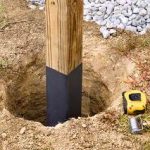 DEAR
DEAR DEAR TOM: You’ll want to make certain your proposed 20′ x 30′ area will be adequate for all of your needs. You may find increasing building footprint to say 24′ x 36′ to not be significantly more expensive of an investment, whilst providing 44% more space. With every building we provide being a custom design to best fit client needs, we can certainly provide exactly what you are looking for. A Hansen Pole Buildings’ Designer will be in contact with you shortly.
DEAR TOM: You’ll want to make certain your proposed 20′ x 30′ area will be adequate for all of your needs. You may find increasing building footprint to say 24′ x 36′ to not be significantly more expensive of an investment, whilst providing 44% more space. With every building we provide being a custom design to best fit client needs, we can certainly provide exactly what you are looking for. A Hansen Pole Buildings’ Designer will be in contact with you shortly.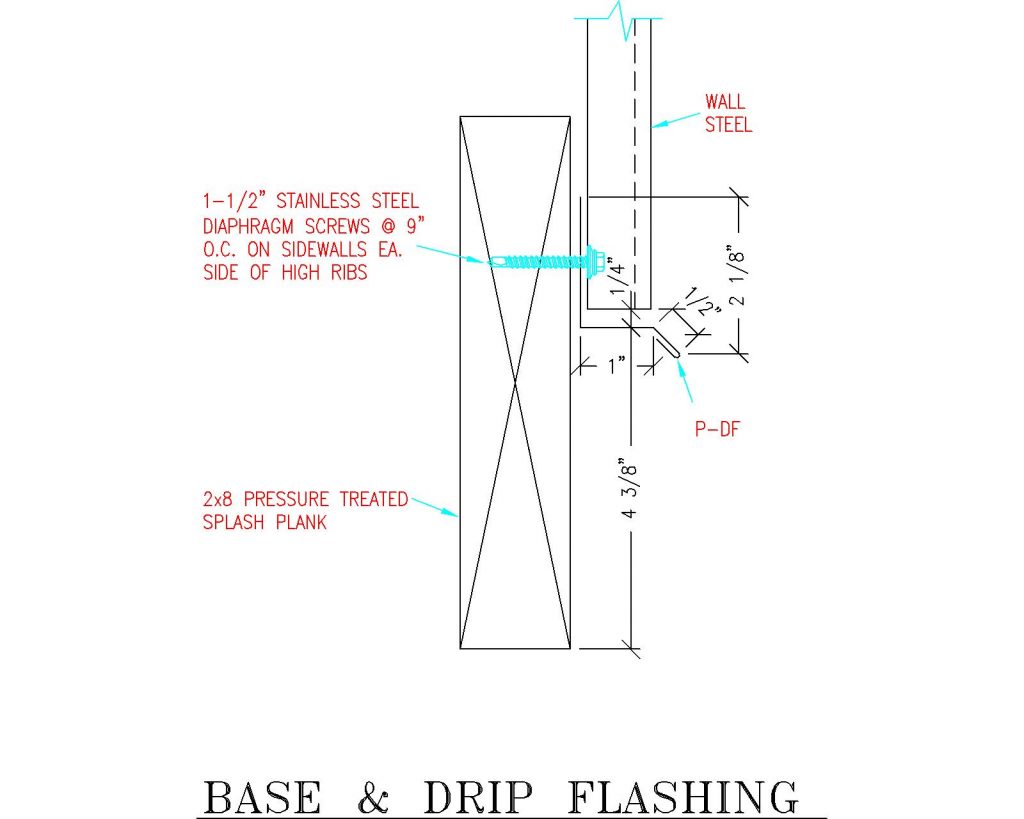
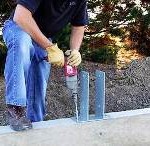 DEAR MICHAEL: Regardless of design solution chosen, it would prudent to have your existing foundation reviewed by a competent local engineer for adequacy. In many areas frost depths are deeper than your foundation, rendering it unable to be reused. There are dry set brackets designed for attaching post frame building columns to existing concrete, however our third party engineers will no longer certify them for use as they will not resist moment (bending) loads. Provided your concrete has sufficient depth and strength, you might be able to have an engineer of your choice specify a connection of columns to concrete.
DEAR MICHAEL: Regardless of design solution chosen, it would prudent to have your existing foundation reviewed by a competent local engineer for adequacy. In many areas frost depths are deeper than your foundation, rendering it unable to be reused. There are dry set brackets designed for attaching post frame building columns to existing concrete, however our third party engineers will no longer certify them for use as they will not resist moment (bending) loads. Provided your concrete has sufficient depth and strength, you might be able to have an engineer of your choice specify a connection of columns to concrete. 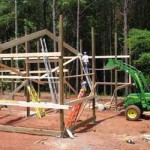 I noticed on your web site you have some buildings in Wyoming. Do you use vendors for regional distribution? I can’t imagine shipping everything from MN. JOHN in AFTON
I noticed on your web site you have some buildings in Wyoming. Do you use vendors for regional distribution? I can’t imagine shipping everything from MN. JOHN in AFTON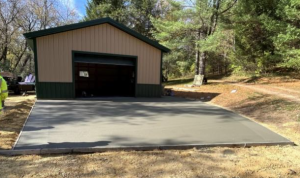 DEAR MICHAEL: Second part of your question gets answered first, it would only need to be pressure preservative treated if wood was in contact with concrete. As most commonly available timber sizes are pressure preservative treated, you might very well find treated timbers to be both more readily available and more cost affordable.
DEAR MICHAEL: Second part of your question gets answered first, it would only need to be pressure preservative treated if wood was in contact with concrete. As most commonly available timber sizes are pressure preservative treated, you might very well find treated timbers to be both more readily available and more cost affordable.